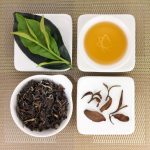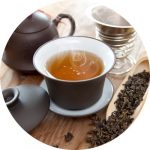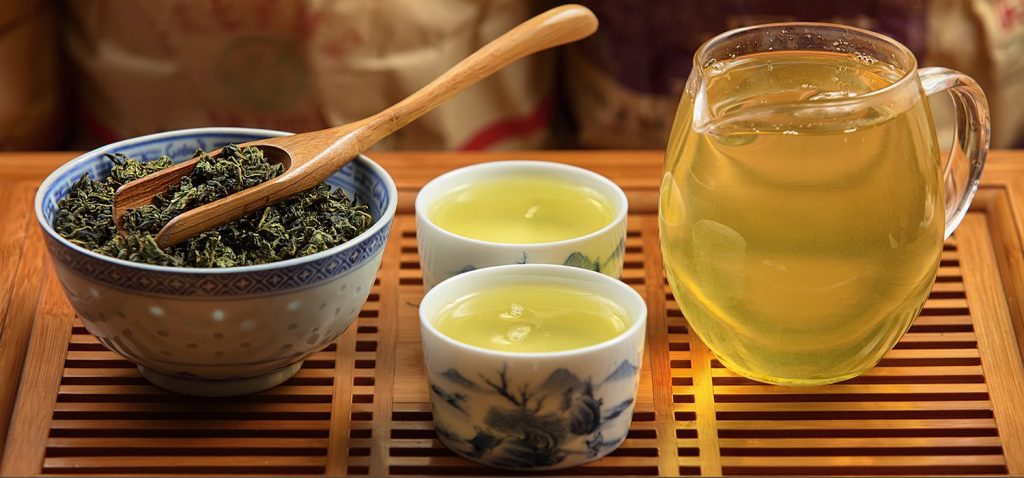A true artisan mastership of tea processing is Oolong. It is neither black tea nor green tea, instead has its category depending on the direction its masters decide to take. It is one of the most difficult and time-consuming drinks to make. The flavor, shape and appearance vary based on the region it’s grown and style of processing.Let’s have a better understanding of making this tea like a master by learning the processes involved.
• Choose your brewing style
 There are several ways of brewing this tea the simple is the western method and the complex is the traditional Chinese style, but both have their benefits. If you want to enjoy a complete and full-bodied tea experience, the Chinese technique ensures that you enjoy history and its culture. For a beginner or one who wants to brew an afternoon cup apply the western way quickly.
There are several ways of brewing this tea the simple is the western method and the complex is the traditional Chinese style, but both have their benefits. If you want to enjoy a complete and full-bodied tea experience, the Chinese technique ensures that you enjoy history and its culture. For a beginner or one who wants to brew an afternoon cup apply the western way quickly.
A brief description of the various brewing techniques
Gaiwan: It is a lidded bowl that does not have handles, used along with a saucer in the making process. It is characteristic for having large opening.
Western-style: It is simple because you make use of any pot at hand, though you will not enjoy it culturally as it should be, at least you will enjoy a cup. Pay attention to the amount of tea, steeping times and water temperature.
Yixing Pot: It is a teapot made from clay with the origin of Jiangsu, China. It is specifically designed for brewing Oolong, black and white tea and Pu-erh. The set absorbs tea while steeping thus lead to the formation of a coating which resembles the color and flavor. For this reason, one of each pot should only be used for one type to preserve the taste.
Asian: Prepare this Chinese tea with Yixing teapot which is placed on traditionally slotted bamboo trays to ease serving. These vessels are usually small in size.
• Prepare tea leaves
Start by withering freshly picked tea leaves; where it begins with bruising by tossing them, to allow for oxidation. Leave them to dry in the sun for several hours so that they wither. This process helps to make them supple and flexible thus will not break in the step of rolling and shaping.
Leave the leaves to cool and rest down and the will begin to wilt and flatten.
By starting to change shape, it is an indication that they are ready for rolling. Lightly roll the leaves to enhance exposure of the enzymes, essential oils and chemicals during oxidation.
Oxidizing; it is merely exposing the rolled leaves to oxygen, depending on how long its allowed to oxidize will determine the type of Oolong tea, the color and flavor.
Roasting of the leaves to lend essential characteristics.
Final rolling of the roasted and partially dried leaves, followed by drying to reduce the moisture content.Once they are ready, hand sort to similar color and sizes to have different groups of tea.
• Prepare water
For amazing aromas avoid distilled or tap water, use spring water to avoid affecting its taste, heat the water to 180 or 200 F for brewing. For accuracy use a thermometer. Once it reaches the required temperature fill in your Gaiwan or Yixing cup that has leaves about halfway, swirl and discard the water, it is a cleansing step. Now, fill your vessel up.
• Steep and strain
Steep between 1 to 5 minutes as you taste for what you will like and prefer. Pour the tea into a teacup by placing a filter over it.
Enjoy you Oolong tea. As a master, I advise that you try drinking it without adding sugar or milk.



